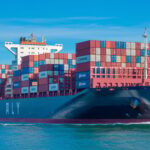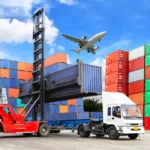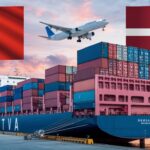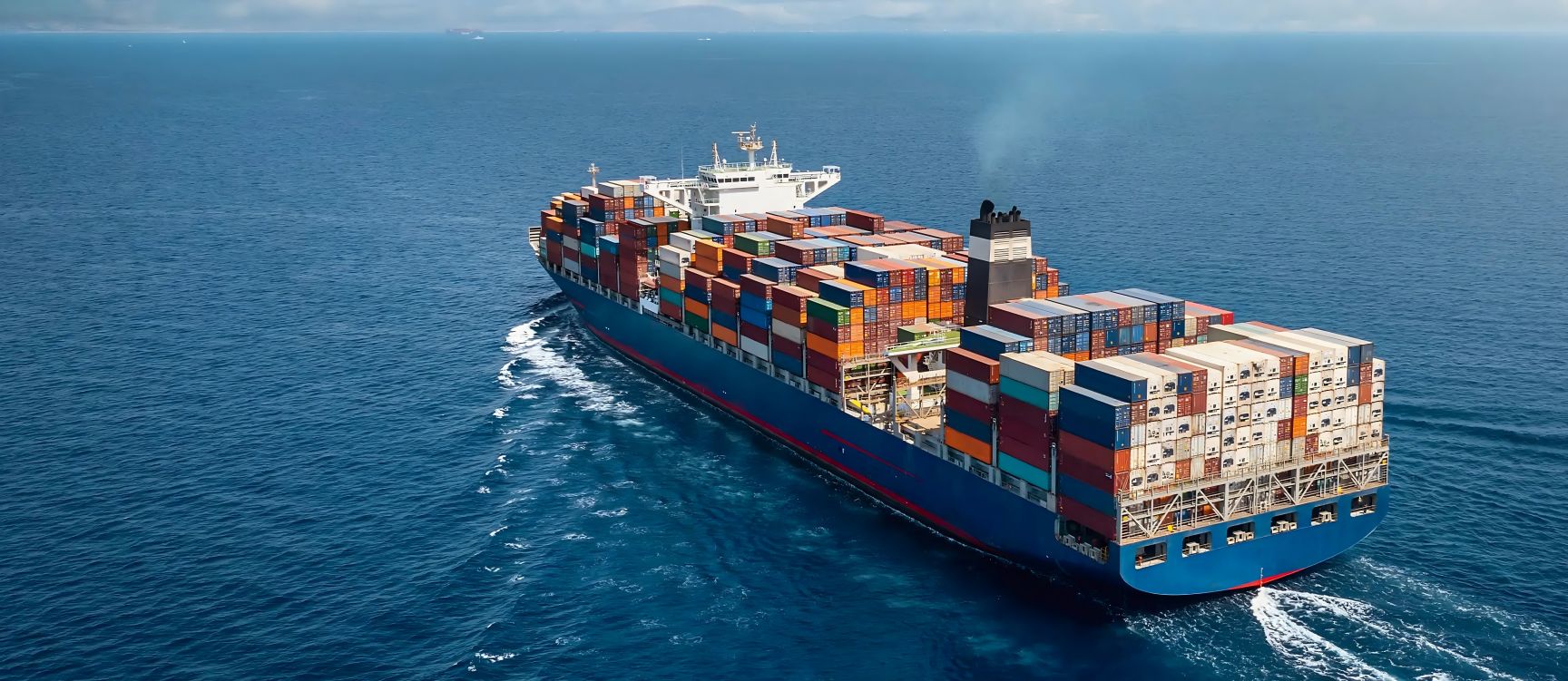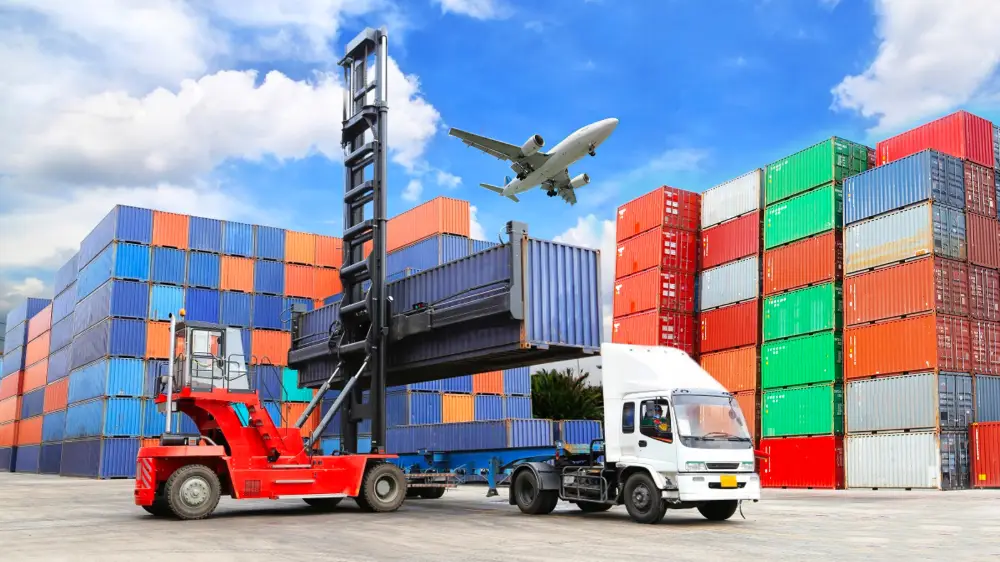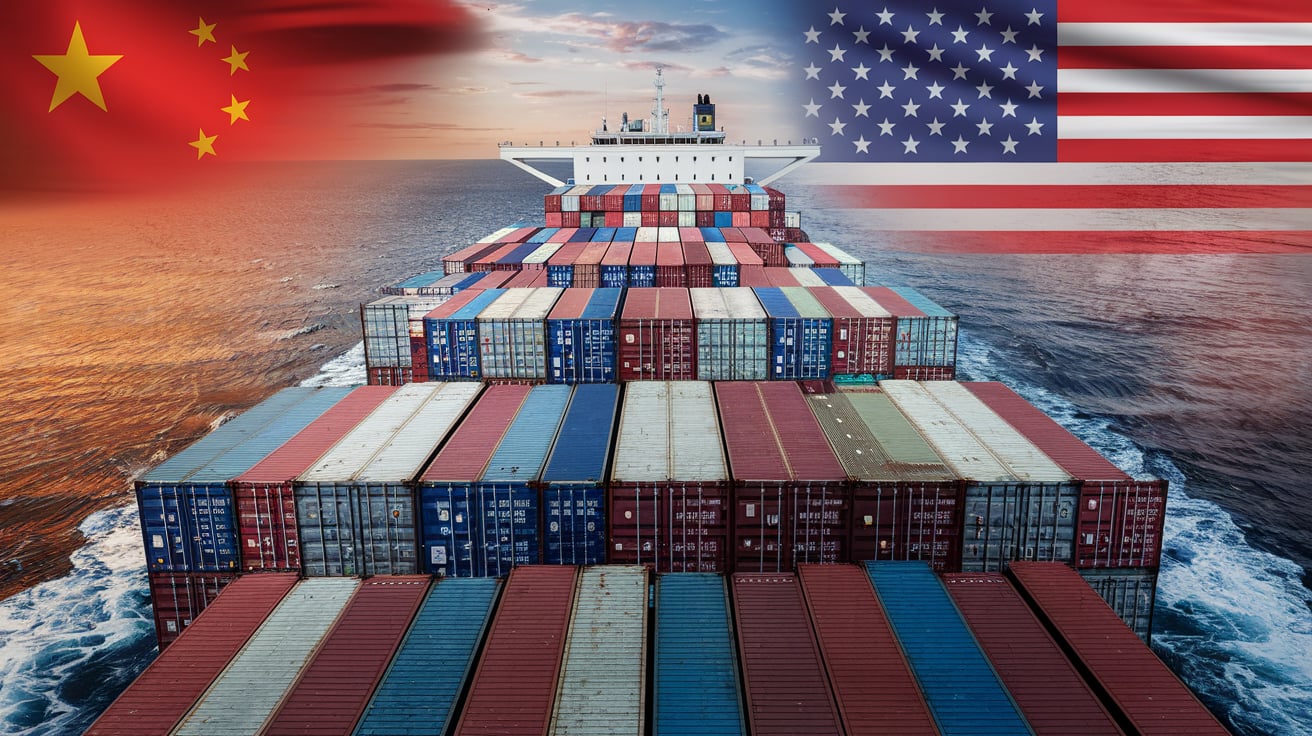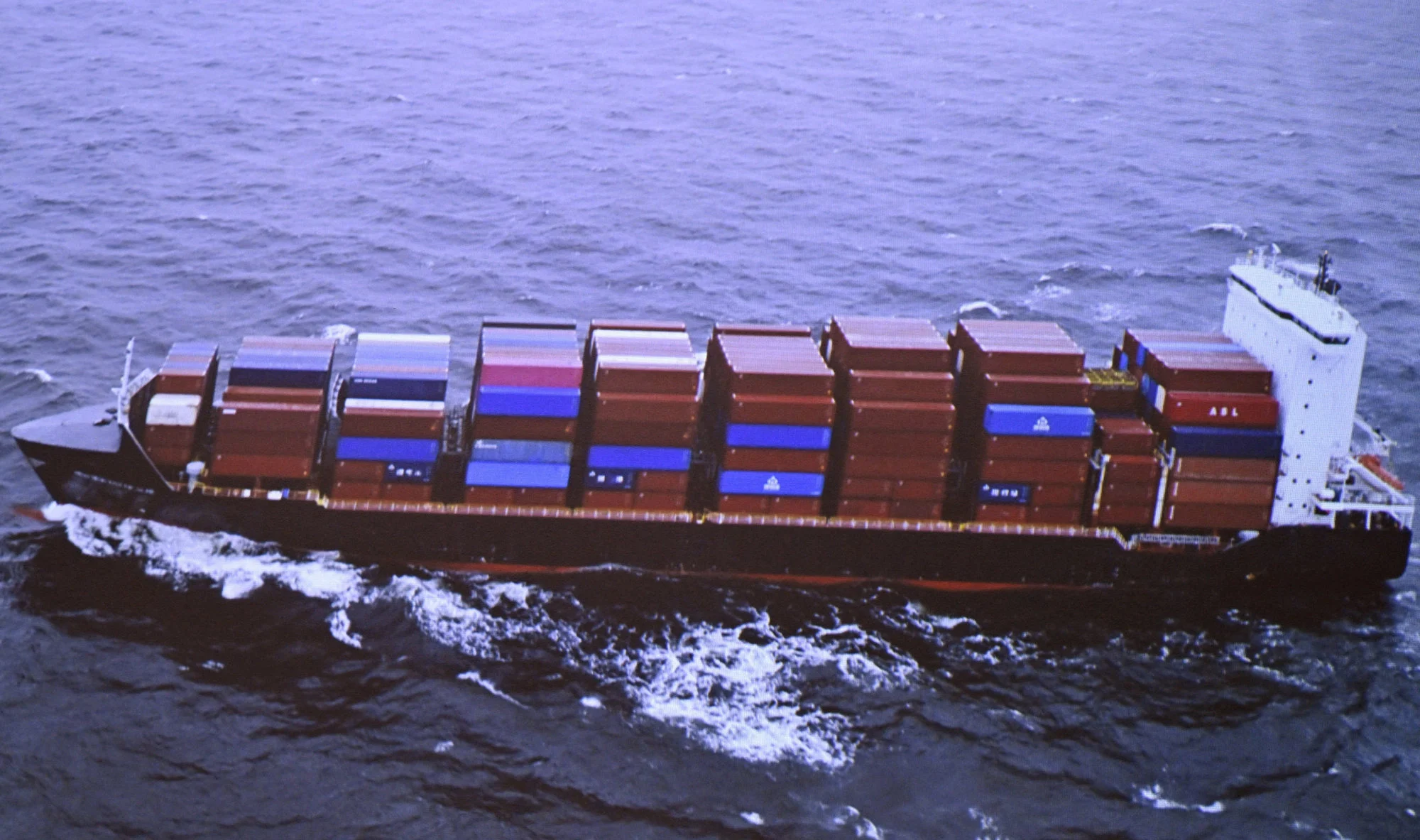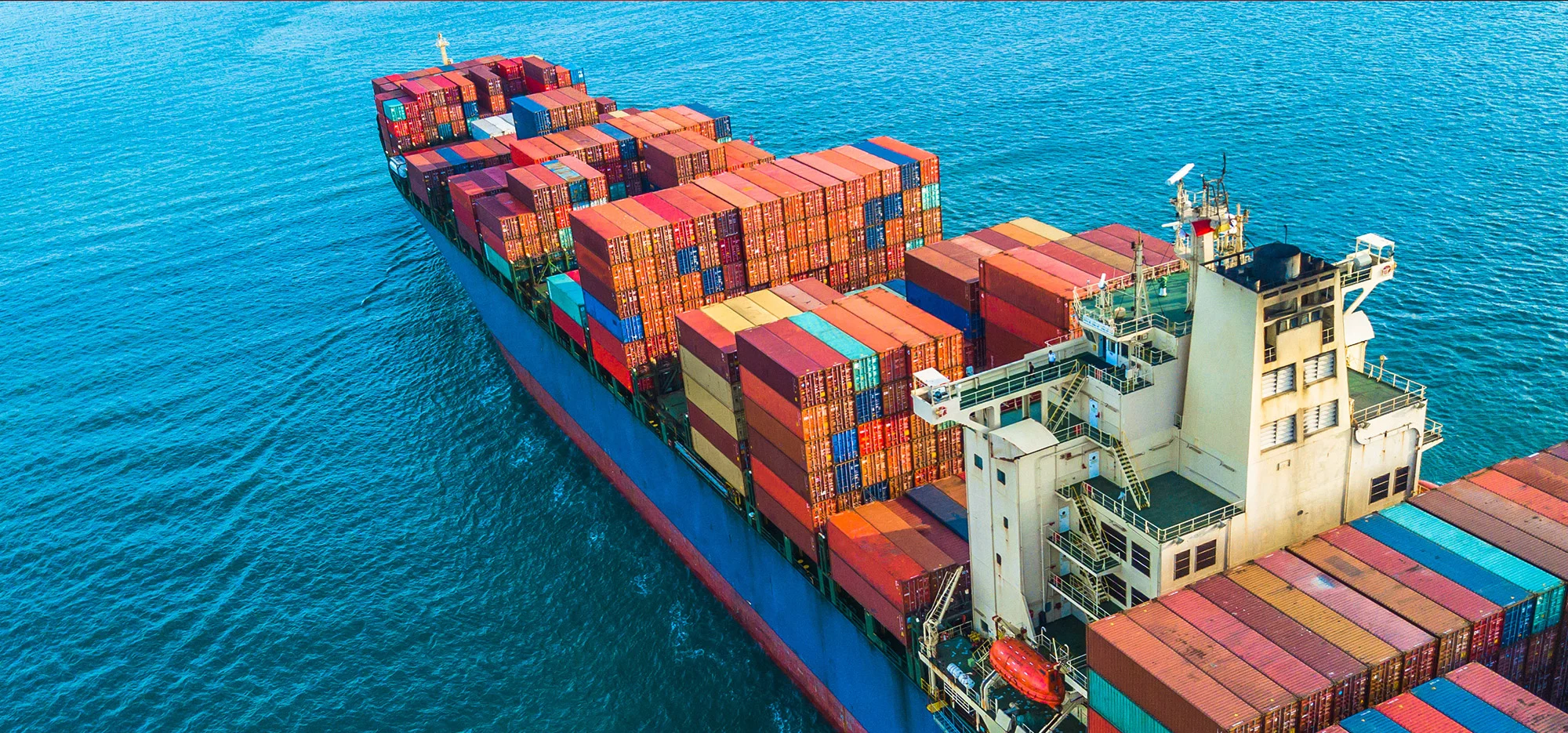Navigating the complexities of importing goods from China to Peru can be a challenging endeavor, especially when it comes to understanding the various shipping options and associated costs. With multiple methods available, including Air Freight and Sea Freight, choosing the right shipping company can significantly impact your logistics strategy, budget, and timelines. In this comprehensive guide, we will delve into the nuances of shipping from China to Peru, providing you with essential insights on transit times, cost breakdowns, and tips for selecting the most economical shipping solution. Whether you are a seasoned importer or new to the process, this guide will equip you with the knowledge needed to make informed decisions and streamline your shipping operations.
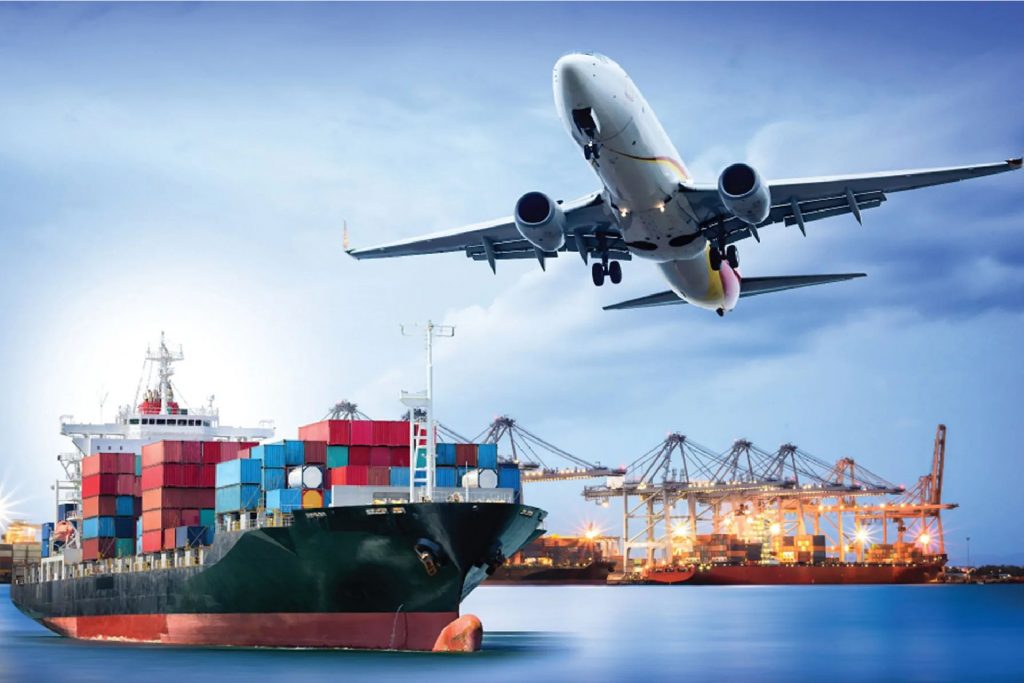
Understanding Shipping Options from China to Peru
Importing goods from China to Peru offers various shipping options, each with distinct advantages and considerations. Understanding these methods is crucial for optimizing your logistics strategy.
Overview of Shipping Methods: Air vs. Sea Freight
When it comes to shipping from China to Peru, the two primary methods are Air Freight and Sea Freight.
-
Air Freight is characterized by speed and reliability, making it ideal for time-sensitive shipments. Goods typically reach Peru within a week from China. However, this option is significantly more expensive than sea freight, reflecting costs associated with fuel, handling, and logistics management.
-
Sea Freight, on the other hand, is more economical for larger volumes of goods. The transit time ranges from 20 to 40 days, depending on the port of departure and arrival. Shipping via sea is commonly used for bulk items and commodities, making it an attractive option for businesses looking to reduce costs.
Comparison Table: Air vs. Sea Freight
| Feature | Air Freight | Sea Freight |
|---|---|---|
| Transit Time | 3-7 days | 20-40 days |
| Cost | Higher | Lower |
| Best For | Urgent, perishable goods | Bulk shipments, large volumes |
| Cargo Capacity | Limited | Extensive |
| Tracking | Real-time tracking available | Delayed tracking |
Key Factors Influencing Shipping Costs
Several factors can influence the overall shipping costs when importing goods from China to Peru:
-
Weight and Volume: The size and weight of the shipment directly affect costs. Air freight costs are calculated based on either the actual weight or the dimensional weight, whichever is greater. Sea freight rates are predominantly determined by container size (e.g., 20ft or 40ft).
-
Shipping Route: Direct routes may be more expensive, while routes with transshipments could lower costs but increase transit time.
-
Seasonality: Prices can fluctuate based on peak shipping seasons, such as before holidays, when demand surges for shipping capacity.
-
Customs Clearance and Duties: Import duties, tariffs, and the cost of customs clearance can add significant expenses to the total shipping cost. Engaging with a competent freight forwarder can help manage these complexities efficiently.
READ MORE:
- Shipping From China to the United States
- Shipping From China TO Canada
- Shipping From China TO Mexico
- Shipping From China to Panama
- Shipping From China to Costa Rica
- Shipping From China to Brazil
- Shipping From China TO Colombia
- Shipping From China to Jamaica
- Shipping From China to Venezuela
Shipping Costs: A Detailed Breakdown
To effectively plan your budget, a detailed understanding of the shipping costs involved is essential.
Average Shipping Costs for Air Freight
On average, air freight costs from China to Peru can range from $5 to $15 per kg. This fluctuation is influenced by several variables, including the specific carrier, route, and demand levels at the time of shipping.
Example Pricing Table: Air Freight
| Weight (kg) | Estimated Cost (USD) |
|---|---|
| 1-10 | $10 per kg |
| 11-50 | $8 per kg |
| 51-100 | $6 per kg |
| 100+ | $5 per kg |
Average Shipping Costs for Sea Freight
In contrast, sea freight costs typically range from $800 to $2,500 for a 20ft container, depending on the shipping line and specific service. The costs for a 40ft container generally range from $1,200 to $4,000.
Example Pricing Table: Sea Freight
| Container Size | Estimated Cost (USD) |
|---|---|
| 20ft | $800 – $2,500 |
| 40ft | $1,200 – $4,000 |
Hidden Fees and Additional Charges
When budgeting for shipping, it’s crucial to consider potential hidden fees and additional charges that may arise:
-
Fuel Surcharges: Fluctuating fuel prices can lead to additional surcharges that may not be included in the initial quote.
-
Handling Fees: Some carriers may impose handling fees, especially for special cargo or oversized items.
-
Insurance Services: While optional, securing Insurance Services is wise for high-value shipments to mitigate risks associated with damage or loss during transit.
-
Customs Brokerage Fees: Engaging a customs broker streamlines the customs clearance process but incurs additional fees.
-
Port Fees: These can include terminal handling charges, customs-clearance fees, and various other service charges associated with port operations.
Understanding these factors ensures transparency when calculating the total cost of shipping from China to Peru, allowing for more informed decision-making when selecting a freight forwarder.
In complexity-laden shipping processes, entrusting your logistics to a professional can significantly ease the burden. Dantful International Logistics offers a comprehensive suite of services, including door-to-door shipping and customs clearance solutions, tailored to meet the unique needs of global traders.
Transit Times: What to Expect
Understanding transit times is crucial for effective supply chain management. The time it takes for goods to reach Peru from China can vary significantly between shipping methods, and knowing these timelines helps businesses plan their operations.
Average Transit Times for Air Freight
Air Freight is known for its speed. Generally, shipments from China to Peru via air can be expected to arrive within 3 to 7 days. This rapid transit time is particularly beneficial for businesses needing expedited delivery of perishable goods or urgent materials.
Key Points:
- Direct Flights: Typically result in a faster delivery, often within 3-5 days.
- Connective Flights: May extend transit time to 6-7 days, especially if delays occur between connecting flights.
Average Transit Times for Sea Freight
Sea Freight is a more economical option but comes with longer transit times. A typical sea freight shipment from China to Peru takes between 20 to 40 days. This duration can vary depending on the shipping route, port congestion, and whether the service is direct or requires transshipment.
Key Points:
- Direct Routes: Generally take around 20-30 days.
- Transshipment Routes: Can extend delivery to 30-40 days due to additional port stops.
Factors Affecting Shipping Speed
Several factors can influence the overall shipping speed from China to Peru:
- Weather Conditions: Adverse weather can lead to shipping delays, particularly in air freight.
- Port Congestion: Busy ports can slow down loading and unloading processes, affecting transit times.
- Customs Delays: Inefficient customs handling at either the origin or destination can further prolong delivery.
- Shipping Line Efficiency: Different shipping companies may have varying operational efficiencies that impact speed.
How to Choose the Right Shipping Company
Selecting the appropriate shipping company is paramount to ensure timely delivery and cost-effectiveness. Here are several considerations to make an informed decision.
Comparing Shipping Companies: Key Metrics to Evaluate
When evaluating shipping companies, consider the following metrics:
-
Transit Times: Compare the average transit times for different carriers. Shipping companies that provide guaranteed delivery dates can enhance reliability.
-
Pricing Structures: Analyze the pricing models of different companies to ensure transparency and avoid hidden fees.
-
Service Offerings: Look for companies that provide a range of services, from Air Freight to Door-to-Door Shipping and Customs Clearance.
-
Technology: Companies that utilize tracking technology can provide real-time updates on shipment status, significantly enhancing customer experience.
The Role of Freight Forwarders in Cost Reduction
Freight forwarders play a key role in managing logistics and reducing overall shipping costs. They do this by:
- Consolidating Shipments: Combining multiple shipments can lower costs per unit and improve efficiency.
- Negotiating Bulk Rates: Freight forwarders often have established relationships with carriers, enabling them to secure better rates.
- Optimizing Routes: They analyze various shipping routes and methods to determine the most cost-effective options.
Customer Reviews and Reputation: What to Look For
Researching customer reviews and the reputation of shipping companies is essential for making an informed choice. Key points to consider include:
- Overall Rating: Assess the company’s average rating on platforms like Google Reviews and Trustpilot.
- Customer Feedback: Look for specific experiences shared by past customers regarding communication, reliability, and overall service quality.
- Industry Reputation: Consider companies with established reputations within the freight industry and those that are recognized for their compliance and safety standards.
Customs Regulations and Import Duties
Navigating customs regulations and understanding import duties is vital for successful shipping from China to Peru. It ensures compliance and helps avoid unexpected charges.
Understanding Customs Procedures in Peru
The customs process in Peru includes several steps that importers must follow:
-
Documentation Submission: Importers must provide relevant documentation, including commercial invoices, bills of lading, and packing lists.
-
Customs Inspection: Goods may be subject to physical inspection by customs authorities to verify compliance with Peruvian regulations.
-
Payment of Duties: Importers are required to pay applicable duties and taxes before their goods are released.
Common Import Duties and Taxes
Peru levies several types of duties and taxes on imported goods, including:
-
Import Duty: This varies based on the type of product and generally ranges from 0% to 30%.
-
Value-Added Tax (VAT): A standard rate of 18% is applied to most imports, calculated on the total customs value.
-
Excise Taxes: Certain goods, such as alcohol and fuel, may be subject to additional excise taxes.
Tips for Reducing Customs Charges
To minimize customs charges, importers can take the following steps:
-
Classify Goods Correctly: Ensure accurate classification of goods to avoid higher duty rates.
-
Leverage Free Trade Agreements (FTAs): Peru has several FTAs that may reduce or eliminate duties for specific products. Research applicable agreements.
-
Utilize Professional Services: Engaging a customs broker can streamline the import process and ensure compliance, potentially resulting in lower costs and fewer delays.
Tips for Reducing Shipping Costs
Implementing effective strategies to lower shipping costs can significantly impact your bottom line.
Strategies for Cost-Effective Shipping
-
Consolidate Shipments: Combining multiple orders into one shipment can lower costs related to freight and handling.
-
Choose the Right Shipping Method: Depending on your urgency and volume, selecting between Air Freight and Sea Freight can optimize costs significantly.
-
Negotiate Rates: Do not hesitate to negotiate with shipping companies or freight forwarders for better rates based on volume or frequency of shipments.
-
Understand Weight and Dimensions: Awareness of how shipping costs are calculated can lead to more efficient packing and reduced shipping fees.
Using Freight Forwarders and Logistics Services
Freight forwarders like Dantful International Logistics provide integrated logistics solutions that can help reduce shipping costs. Their expertise allows you to benefit from:
- Comprehensive Service Packages: Including customs clearance, warehouse services, and insurance services.
- Advanced Technology: Utilizing tracking systems for transparency and efficiency.
Take advantage of Dantful’s services to ensure effective management of your shipping needs from China to Peru, ultimately leading to smoother operations and cost savings.
FAQs
1. What are the main shipping options available for importing goods from China to Peru?
- The primary shipping methods are Air Freight and Sea Freight. Air Freight is faster, typically taking 3-7 days, while Sea Freight is more economical for larger volumes but takes 20-40 days.
2. How do shipping costs differ between Air Freight and Sea Freight?
- Air Freight costs range from $5 to $15 per kg, while Sea Freight costs for a 20ft container typically range from $800 to $2,500. The choice between them depends on urgency and volume.
3. What factors influence shipping costs when importing to Peru?
- Key factors include weight and volume of the shipment, shipping route, seasonality, and customs clearance fees. Hidden fees such as fuel surcharges and handling fees can also impact overall costs.
4. How can I estimate shipping costs from China to Peru?
- For Air Freight, costs can be estimated using weight brackets (e.g., $10 per kg for 1-10 kg). For Sea Freight, costs are typically $800-$2,500 for a 20ft container and $1,200-$4,000 for a 40ft container.
5. What is the expected transit time for shipments from China to Peru?
- Air Freight generally takes 3-7 days, while Sea Freight takes 20-40 days, depending on the chosen route and whether it includes direct or transshipment stops.
6. What customs procedures should I be aware of when importing to Peru?
- Importers must submit relevant documentation, undergo potential customs inspections, and pay applicable import duties and taxes before goods are released.
7. What are the typical import duties and taxes for goods brought into Peru?
- Import duties vary, generally ranging from 0% to 30%, with an additional Value-Added Tax (VAT) of 18% applied to most imports.
8. How can I reduce shipping costs when importing from China to Peru?
- Strategies include consolidating shipments, choosing the right shipping method based on urgency and volume, negotiating rates with shipping providers, and understanding weight and dimension pricing.
9. How can a freight forwarder help in the shipping process?
- A freight forwarder, such as Dantful International Logistics, can manage logistics, consolidate shipments, negotiate better rates, and provide additional services like customs clearance and insurance.

Young Chiu is a seasoned logistics expert with over 15 years of experience in international freight forwarding and supply chain management. As CEO of Dantful International Logistics, Young is dedicated to providing valuable insights and practical advice to businesses navigating the complexities of global shipping.






